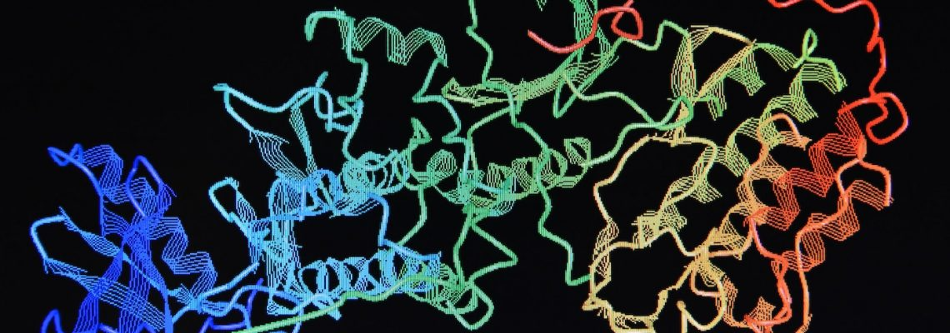Establishing the chemical, structural, and functional properties of proteins is crucial to a growing range of biopharmaceutical and life science markets.

Image Credit: Jordi Labs
Alongside physical instability testing, this is repeatedly performed throughout the research and development (R&D) process for initial characterization of a protein’s biochemical activity and functionality. Protein molecular weight is a key parameter to monitor throughout this process.
Importance of Protein Molecular Weight
Proteins are made up of amino acid residues which are bound together by peptide bonds between the amino nitrogen (N) and the carboxyl group. Just 21 distinct amino acids exist, but they can bind together in such a variety of three-dimensional (3D) polypeptide chains that almost limitless potential protein chain sequences exist.
This leads to millions of intricate, distinct, potential protein structures. The diversity of protein structures is due to subtle chemical variations which come from differences in the amino acids charge, shape, functional group composition, and size.
Protein molecular weight can be accurately predicted based on the known molecular weights of the amino acids if the sequence and composition of amino acids in a linear chain are known.
Proteins structure is mainly defined by:
- Primary Structures: The underlying amino acid chain within the polypeptide.
- Secondary Structures: The main substructures that form from these bound amino acid chains.
- Tertiary Structures: The formation of the final 3D structure made up of secondary structures, such as α-helical secondary phases which are held together by several mechanisms.
As the primary structure is the most foundational level of protein structure, protein molecular weight is a key parameter to confirm. Having a robust understanding of the unmodified protein molecular weight can help in initial assessments of the biomolecule’s functionality. This could include:
- Metabolic regulation
- Binding and transportation of small molecular species
- Enzyme catalysis
- Immunological responses
- Gene regulation
Furthermore, in response to physical instability, proteins are subject to a plethora of complicated chemical-mechanical alterations, which can result in the formation of aggregates, denaturation, and the evolution of protein molecular weight.
The most widely utilized tool for interrogating protein molecular weight at various stages of novel pharmaceutical development and life science research is Gel permeation chromatography (GPC).
Jordi Labs analyzes the molecular weight, size and shape of protein species to assist in product identification, characterization and stability studies by using advanced triple detection GPC (MALLS, Viscometry and Refractive Index).
To identify protein aggregates at extremely low concentrations (<0.01%), they also use dynamic light scattering (DLS). These techniques provide insights into molecular weight evolution (post-translational modifications) and protein stability (denaturation and aggregation).
Determining Protein Molecular Weight with Jordi Labs
Jordi Labs is one of the world’s leading specialists in analytical laboratory services for a broad scope of applications. It provides a wide range of protein analysis services which are based on decades of combined experience in chemical analysis with a foundation of unmatched technological excellence.

This information has been sourced, reviewed and adapted from materials provided by Jordi Labs.
For more information on this source, please visit Jordi Labs.